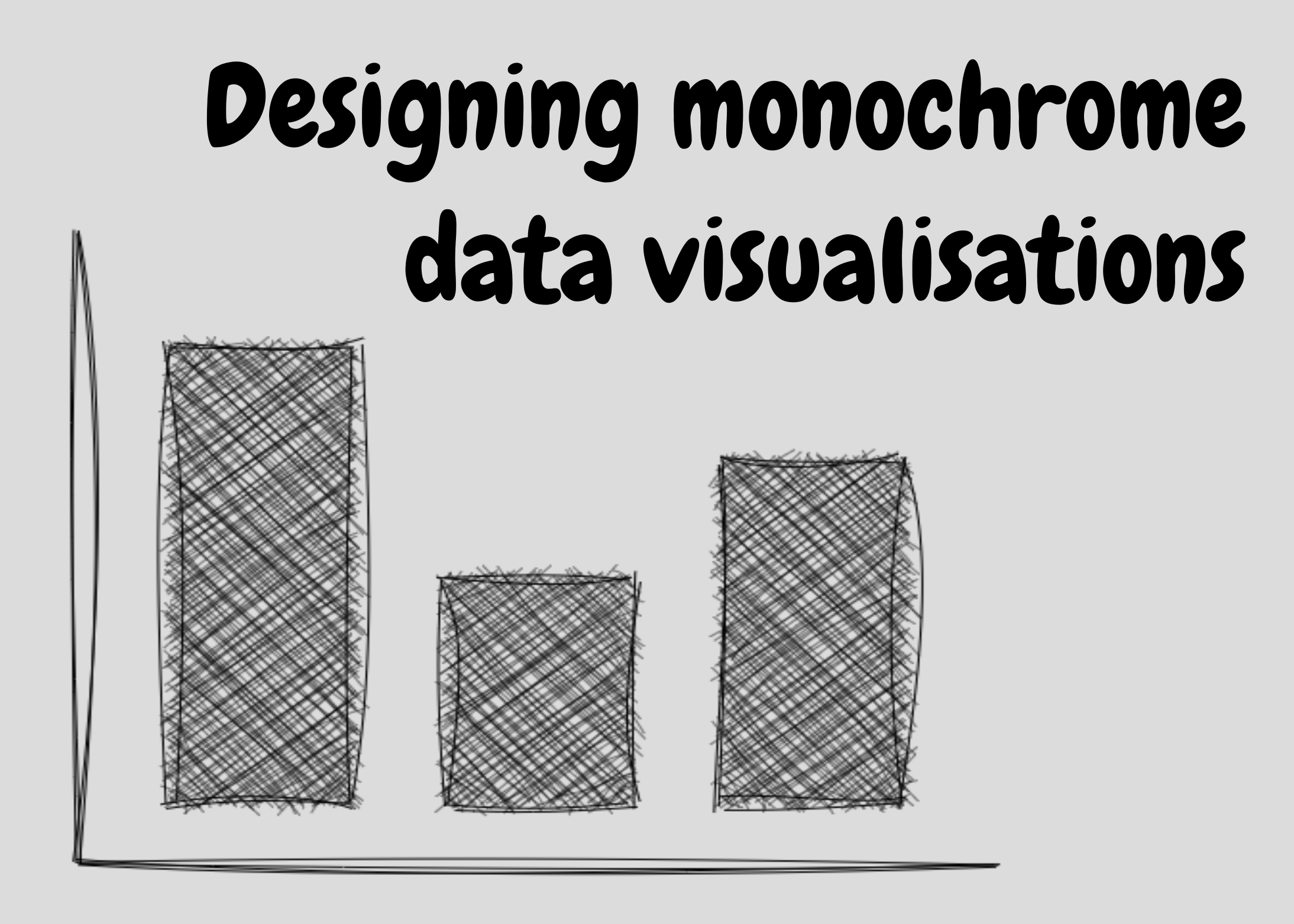
Designing monochrome data visualisations
In data visualisations, colours are often used to show values or categories of data. However, sometimes you might not be able to or want to use colour. This blog post discusses some tips for designing better visualisations when you’re restricted to a monochrome palette.




